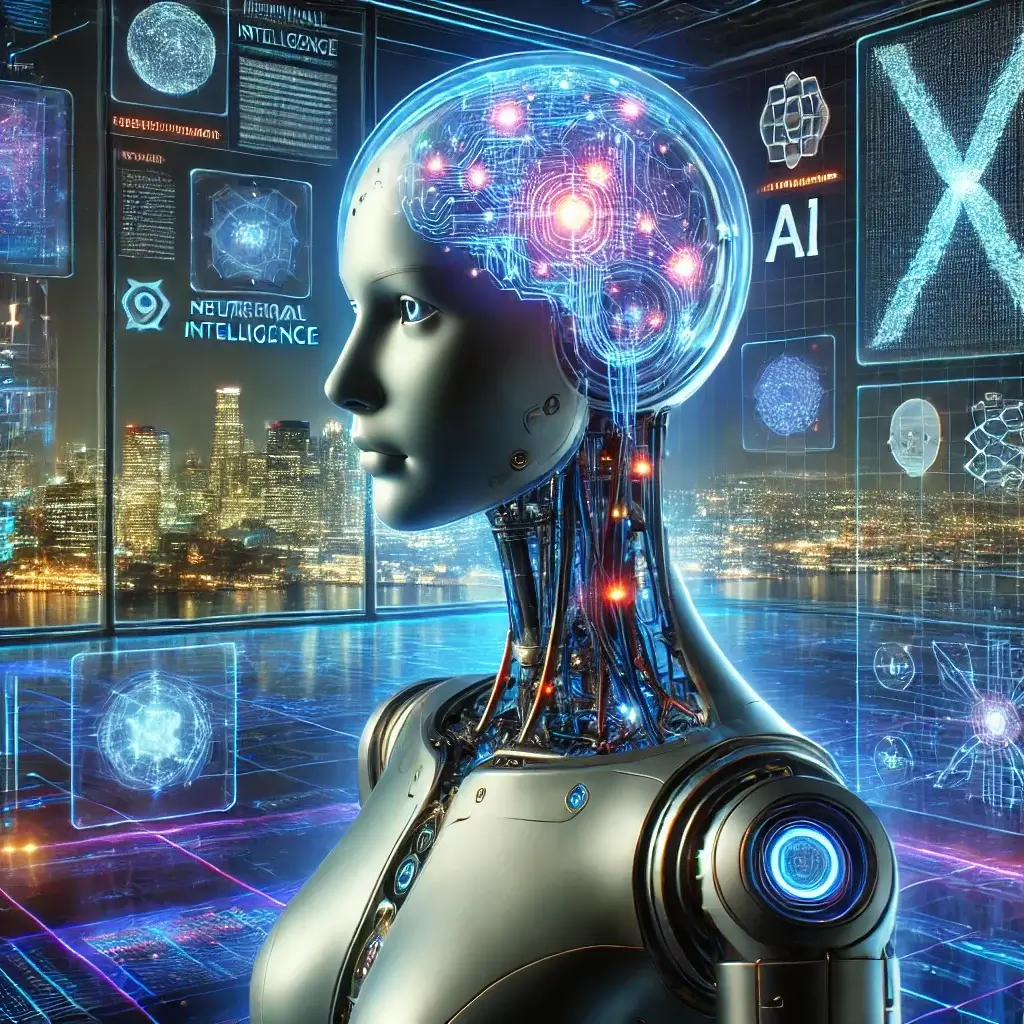TL;DR
- The autonomous AI agents are able to independently plan and implement complex tasks – from travel organization and research to appointment coordination – although important ethical questions regarding the control and safe use of this technology still need to be clarified.
- RAG (Retrieval-Augmented Generation) is an AI approach that improves the accuracy and reliability of language models by searching external data sources and incorporating their up-to-date information into response generation, thereby closing knowledge gaps and reducing hallucinations.
- Physical AI refers to AI systems that can operate in the real, physical world through multi-embodiment technology – from self-driving cars to humanoid robots – by autonomously perceiving and understanding their environment and performing complex actions.
What is Agentic AI?
Today, autonomous AI agents can already develop and implement plans independently. In the future, these AI agents will actively interact with their environment, using tools, accessing APIs, collecting data, and delegating tasks.
You can give AI agents a goal (e.g., “Organize my trip to Hamburg”), and they will figure out the necessary steps themselves. They can also react to unexpected changes in the situation and adjust their strategy accordingly.
Here are a few examples:
- An AI agent that independently conducts research, compares multiple sources and generates a report.
- Coding assistants who not only write code, but also test, debug, and optimize it.
- Virtual assistants that coordinate complex tasks such as scheduling appointments with multiple participants.
Agentic AI will continue to evolve in the coming years, taking on more and more tasks in our daily lives. You should start learning now to find out how best to interact with these new “digital species”.
Some of the challenges with agentic AI include ethical questions, such as control over the AI. It is essential to define the goals of the AI precisely. This raises an important question: how can we ensure that these AI systems operate safely and responsibly?

What are RAGs?
RAG (Retrieval-Augmented Generation) is the next stage of artificial intelligence, which uses external data sources to generate natural language answers. This AI approach combines two sources:
- Retrieval – The AI searches specifically in external data sources (web, documents, company documents) and generates an answer to your question.
- Generative models (language models, e.g. LLaMA) – The language model receives the relevant text passages and generates an answer to your question based on them.
You shouldn’t always rely on the model’s stored knowledge. Traditional LLMs dynamically retrieved knowledge from trusted sources before responding (RAGs). While AI models can cite sources and provide evidence, unfortunately, hallucinations are still unavoidable.
RAGs represent a step towards hybrid, knowledge-based AI systems that generate their answers through understanding (via LLMs) and enriched knowledge (via databases). In the future, RAGs could become standard almost everywhere accuracy, timeliness, and traceability are crucial, from corporate intranets to personalized AI assistants.

What is Physical AI?
Physical AI marks a crucial step in the development of artificial intelligence by integrating digital intelligence directly into the physical world.
At its core, Physical AI refers to the application of AI techniques to control and empower robots and autonomous machines. It transcends the limitations of purely virtual applications and enables systems to interact directly with their real-world environment and solve complex problems there.
This new generation of AI systems is characterized by autonomous capabilities. Machines equipped with Physical AI can perceive and understand their environment and, based on this understanding, independently execute complex actions. This is the logical fusion of AI and robotics, leading to the emergence of truly autonomous machines.
A key concept is the multi-embodiment of AI models. This involves using the same AI model in different physical systems to handle a wide range of tasks. Examples include autonomous vehicles (self-driving cars) and humanoid robots, both of which operate on a common intelligent foundation.
Physical AI is therefore the key to creating intelligent, capable agents that will be integrated into our future digital world.
 Back
Back 
